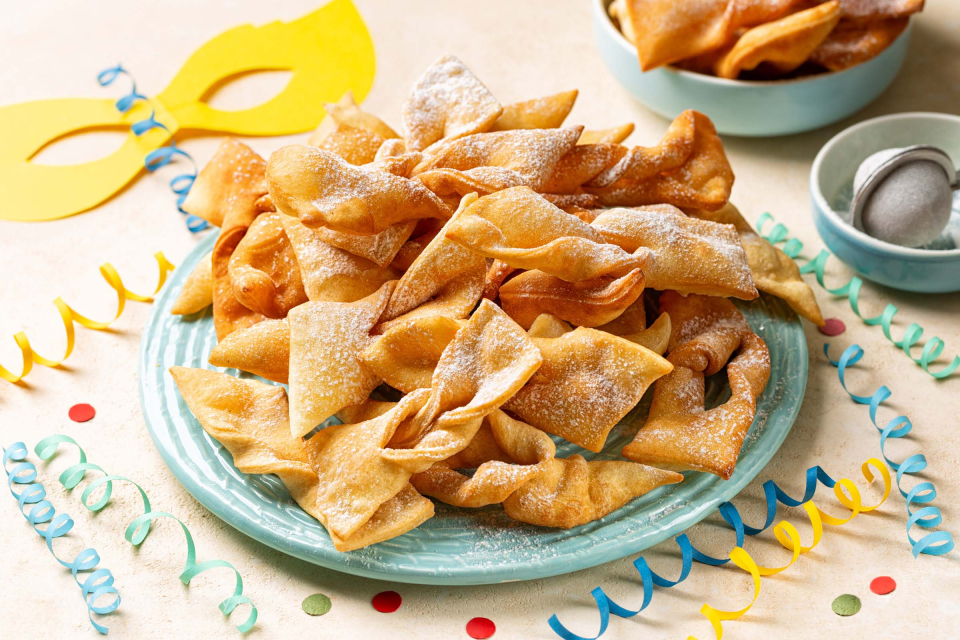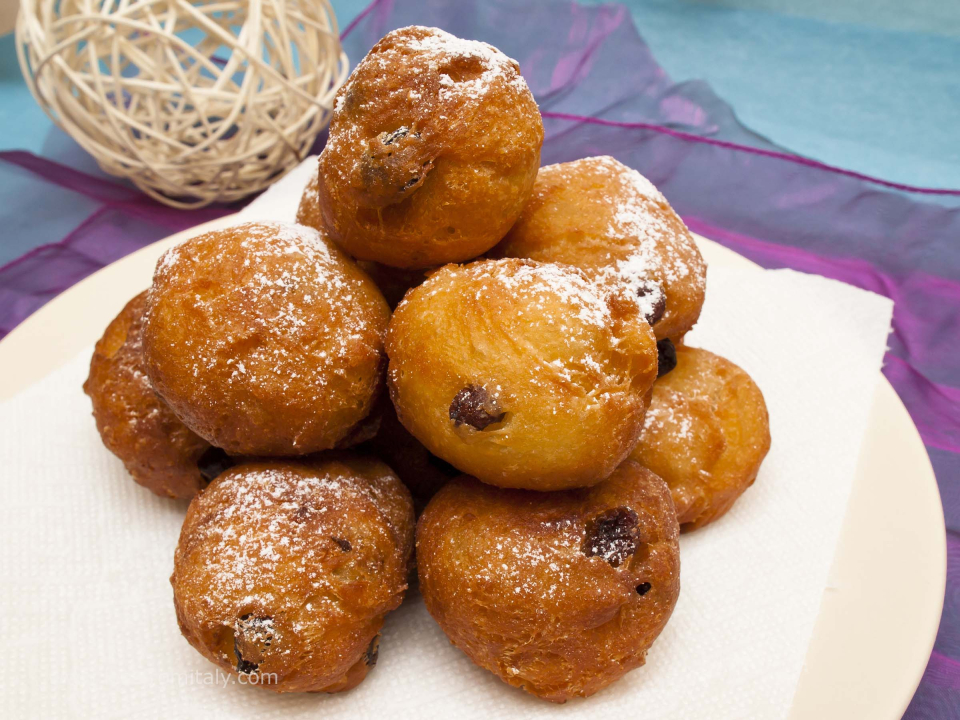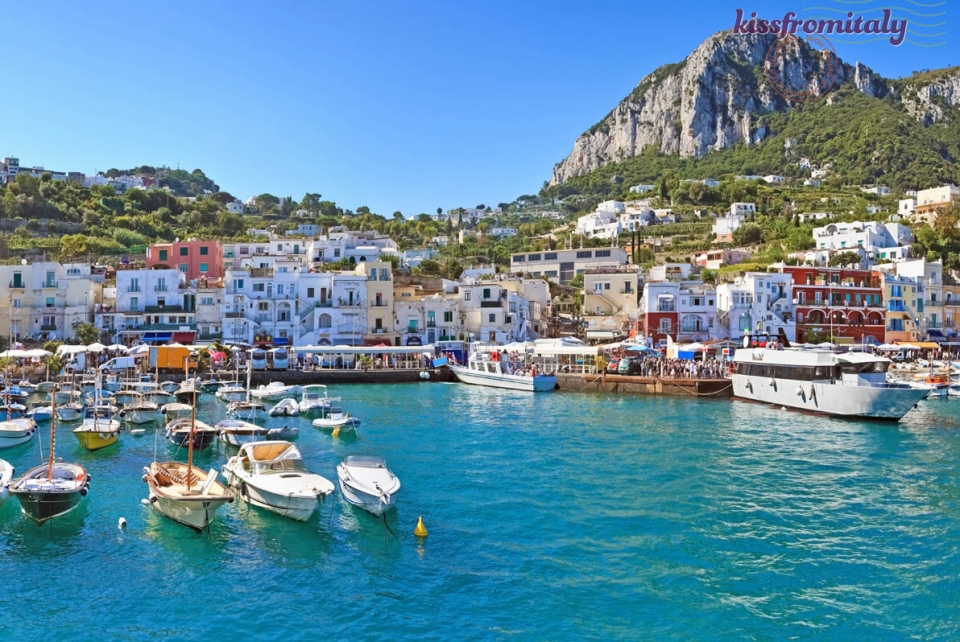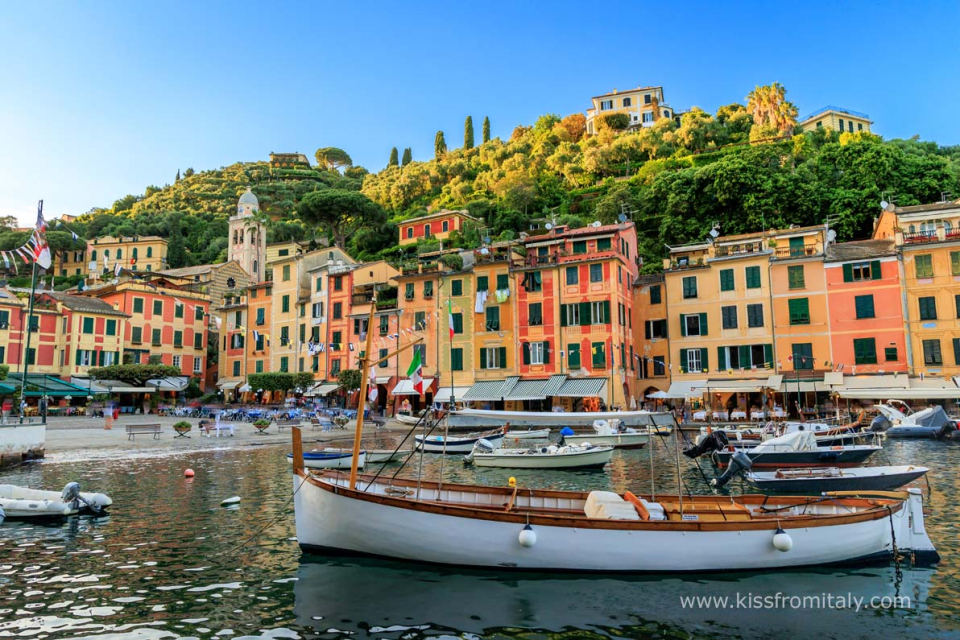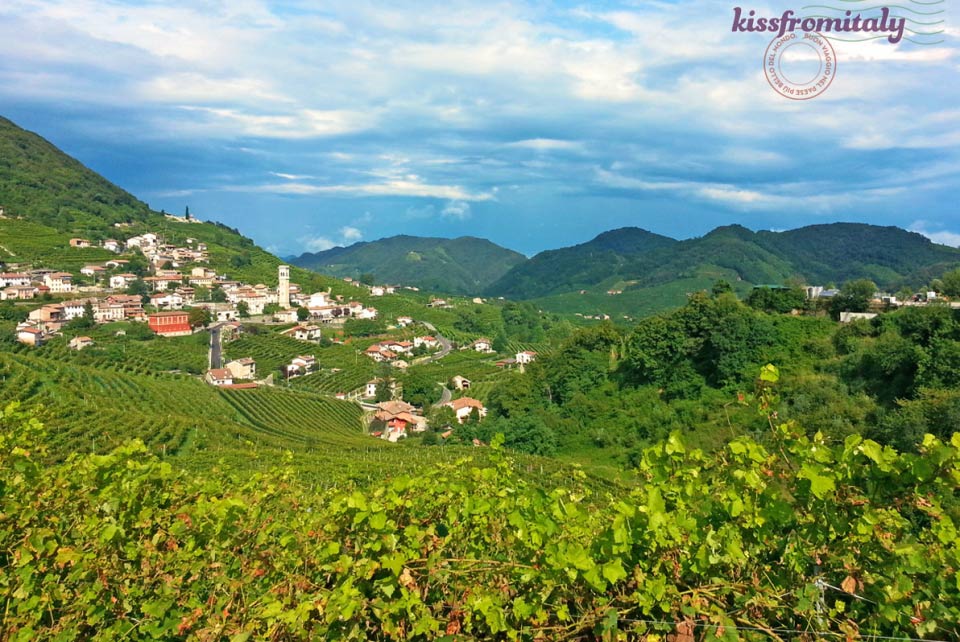
The Sweets of Carnival in Italy: Chiacchiere, Frittella and Schiacciata alla Fiorentina
Lent is the Catholic tradition of forty solemn days proceeding Easter Sunday. Fasting and penitence are the cornerstones of these six weeks, meaning that all rich foods – meats, dairy, sweets, fats- as well as festivities and celebrations should come to a halt. Luckily, Italians devised a creative solution allowing them to "let loose" and binge on their favorite culinary guilty pleasures before the quiet hibernation of Lent. Their answer: Carnevale, or Carnival. This festivity’s origins stretch back to the early 1300s. By the seventh century Carnival was in full swing and Venetians celebrated with weeks of outrageous parties, masquerades, decadent foods and flowing booze. In order to clear the cupboards of any excess temptations, forbidden Lenten ingredients were prepared in the most indulgent manner.
Although Venice and the Tuscan town of Viareggio are most famous for their Carnival traditions, the season is today celebrated everywhere. Throughout the boot, similar fried sweets are prepared, but be warned: each town has their own unique twist and a different name! Here are a few of the most cherished Carnevale treats.
Chiacchiere
Chiacchiere are the king of Carnevale treats. The simple recipe calls for thinly rolled sweet dough, which is then deep-fried and sprinkled with a dusting of powdered sugar. The results are golden, crispy and light "rag-shaped" delights that are sure to please everybody.
In other regions of Italy chiacchiere are called by their local names. In Tuscany they’re known as cenci (rags), while other regions call them nastrini (ribbons) or lattughe (lettuce) – names that roughly describe their appearance. In Liguria, they’re called bugie (lies), perhaps because tasters never know how much they eat (they keep coming back for more)!
Although the pastries are all rather similar, every village has their own variation. For example, in some southern villages, a pinch of lemon juice is added to the mixture, while in the town of Certaldo, they’re molded into circles and stuffed with cream, like ravioli, before frying.
Legend claims that this treat’s origins trace back to Ancient Rome. Romans prepared frictilia, sweet pastry strips that were deep-fried in pork fat, to celebrate the end of winter. Using fat created a much heavier version then you’ll find today!
Gallery
Frittella
As soon as Carnevale rolls around, the tempting scent of Frittella wafts through every canal and street corner. Frittella are the Venetians’ take on doughnuts. These delectable rounded, cake balls are fried as well and although they may have a crispy outer crust, their insides are incredibly soft and moist.
Legend claims that Bartolemeo Scappi, the chef of Pope Pius V, first created the recipe. Although these treats were made in bakeries or homes, they were most available at "fritoleri"- humble shops created solely for the purpose of baking frittelle. In fact, the sheer number of "fritoleri" and their popularity led these fryers to form an exclusive association and guild. By the seventeenth century, the Venetian historian Giovanni Marangoni claims that frittelle had become the "national cake of the Venetian State". It was only in the late nineteenth century that fritoleri began disappearing from Venetian streets.
Schiacciata alla Fiorentina
During the Carnival time in Florence it’s impossible to avoid the traditional flat cake called Schiacciata alla Fiorentina. Every bakery, bar and pastry shop’s windows are stacked with these large, powdered-sugared treats. Its delectable vanilla and orange peel scent lures passing tourist and locals inside these locales, where they can enjoy a bite of this historic cake. The cake’s most prominent feature is its giglio, the symbol of Florence, that is clearly printed with contrasting cocoa powder on every treat
The Schiacciata alla Fiorentina has been part of the Carnevale tradition for centuries. Its origins trace back to peasant times when lard, instead of today’s butter and olive oil were used. The name schiacciata literally means smashed or pressed, hence its flat appearance.
Every year, tourists and locals alike, scour the streets in search of their favorite schiacciata. In fact, a real competition is held that aims at nominating the best Schiacciata alla Fiorentina. For most of the years, the bakery Giorgio always takes home the victory. You’ll have to come and place your vote!




